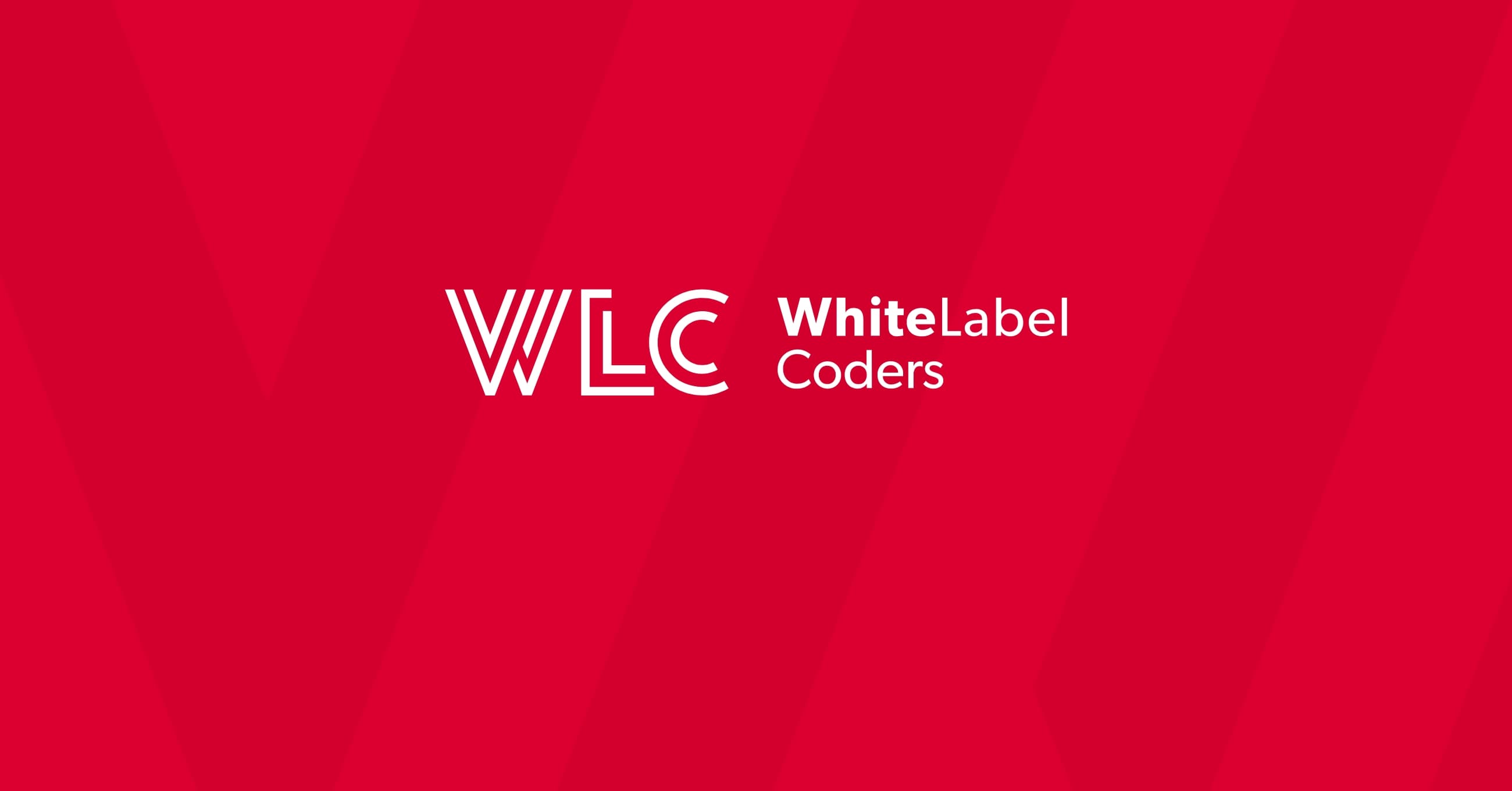Category: SEO AI
What is the easiest website builder for WordPress?

Understanding WordPress website builders: A comprehensive introduction
WordPress website builders are tools designed to simplify the process of creating and editing WordPress websites through visual interfaces rather than manual coding. These solutions fundamentally transform the WordPress experience from a template-and-code approach to a visual design experience.
At their core, WordPress builders provide three primary capabilities:
- Drag-and-drop interfaces that allow you to position elements exactly where you want them on a page
- Visual editing that shows you real-time changes as you make them
- Template systems that provide pre-designed layouts you can customize to your needs
This visual approach creates a dramatically different experience from traditional WordPress development workflow, which typically involves selecting a theme, then customizing it through a combination of the WordPress Customizer, widgets, and potentially custom code.
Have you ever wondered why some WordPress websites look completely unique while others have that “template feeling”? The answer often lies in the builder used and how it’s been implemented.
Why use a website builder for WordPress?
The traditional approach to WordPress development involves selecting themes, understanding PHP templates, and often writing custom CSS or even PHP code. While this approach offers maximum flexibility, it creates significant barriers to entry.
Website builders fundamentally change this equation by offering several key advantages:
- Dramatically reduced technical requirements – You can create sophisticated layouts without knowing HTML or CSS
- Accelerated development cycles – What might take days with custom code can be accomplished in hours
- Design consistency – Builders help maintain visual coherence across your site
- Responsive design handling – Most builders automatically manage how your site looks across different devices
Perhaps most importantly, builders integrate within the WordPress ecosystem rather than replacing it. This means you maintain access to WordPress’s core capabilities—posts, pages, media management, WordPress plugins—while gaining a more intuitive interface for designing how that content appears.
When properly implemented, website builders don’t compromise WordPress’s flexibility—they amplify it by making design capabilities accessible to everyone, regardless of technical background.
For businesses seeking more complex solutions, WordPress custom development remains valuable, especially for sophisticated functionality beyond what builders can provide.
Elementor: The leading drag-and-drop page builder solution
Elementor has emerged as perhaps the most popular WordPress page builder, with good reason. Its interface strikes a remarkable balance between power and accessibility, making it particularly suitable for newcomers to WordPress development.
The core features that make Elementor stand out include:
- A side panel interface that keeps design controls accessible but unobtrusive
- An extensive widget library covering everything from basic text to advanced sliders
- A robust template system with both section and full-page designs
- Detailed history tracking that makes experimentation safe
The free version of Elementor is surprisingly capable, allowing you to create impressive layouts with its basic widget set. The Pro version adds significant value through theme building capabilities (creating headers, footers, and archive templates), form builders, popup designers, and many more advanced widgets.
For beginners, Elementor’s learning curve is relatively gentle. You can start by simply dragging widgets onto the page and adjusting their content, then gradually explore more advanced features as you become comfortable. The visual nature of the editing experience makes it particularly intuitive—what you see during editing closely matches the final result.
When working on complex projects, Elementor pairs well with WordPress custom development approaches, allowing designers to create layouts that developers can enhance with custom functionality.
Divi Builder: All-in-one visual editor for complete WordPress websites
Divi takes a more comprehensive approach to WordPress website building. Rather than just a page builder plugin, Divi offers both a theme (the Divi Theme) and a plugin (the Divi Builder) that work together to provide a complete website creation system.
What makes Divi distinctive is its commitment to visual editing. The entire interface exists on the front end of your website, with controls appearing when you hover over elements. This creates an extremely immersive design experience where you’re always seeing the actual website rather than an abstraction of it.
Divi’s modular approach centers around:
- Sections, rows, and modules that create a logical hierarchy for your content
- Global elements and styles that help maintain consistency across your site
- Extremely detailed styling options that can eliminate the need for custom CSS
- Role Editor capabilities that allow you to control exactly what different user roles can edit
Unlike some builders that offer both free and premium versions, Divi is exclusively a premium product with a somewhat different pricing model—you purchase access to all Elegant Themes products, including Divi, through either an annual subscription or a one-time lifetime access fee.
The learning curve for Divi can be slightly steeper than Elementor initially, particularly for complete beginners. The interface packs tremendous power but introduces more concepts to master. However, once familiar with the system, many users find Divi allows for extremely rapid development.
How does Beaver Builder compare for business websites?
While perhaps less flashy than some competitors, Beaver Builder has built a loyal following among WordPress professionals creating business websites, and for good reason.
Beaver Builder has focused on creating a stable, reliable platform with clean code output—priorities that resonate strongly with business users concerned about website performance and longevity. Its approach emphasizes:
- A streamlined, no-nonsense interface that reduces visual clutter
- Modules focused on business needs rather than flashy effects
- Templates designed for professional use cases
- Exceptional stability across WordPress updates
Beaver Builder’s interface follows a consistent pattern—select a module, add it to your layout, adjust its settings through a popup panel. This methodical approach makes the learning process very structured, though it lacks some of the visual immediacy of Divi’s inline editing.
For businesses considering WordPress custom development services, Beaver Builder’s clean code output makes it particularly suitable for projects where developers might need to extend the builder’s capabilities with custom functionality.
Gutenberg: WordPress’s native block editor as a website builder
An often-overlooked option for simpler websites is WordPress’s own Gutenberg editor. Introduced in WordPress 5.0, Gutenberg has evolved from a content editor to a increasingly capable website building tool.
As the native WordPress editor, Gutenberg offers several unique advantages:
- It’s included with WordPress—no plugin installation required
- It integrates seamlessly with WordPress’s core features
- It imposes minimal performance impact on your site
- It’s continuously developed as part of the WordPress core
Gutenberg’s block-based approach treats each element of your content—paragraphs, images, buttons, etc.—as a distinct block that can be manipulated individually. While initially simpler than dedicated page builders, Gutenberg has steadily expanded its capabilities to include columns, groups, and increasingly sophisticated layout options.
The primary limitations of Gutenberg compared to dedicated builders include less advanced styling options, fewer pre-built templates, and more limited control over areas beyond standard content (such as headers and footers, which typically remain theme-controlled).
For simpler projects where budget is a significant constraint, mastering Gutenberg blocks and ACF can eliminate the need for additional page builder plugins entirely. However, for more complex layouts or site-wide design control, dedicated builders still offer significant advantages.
Selecting the right website builder for your WordPress project
With multiple capable options available, how do you choose the right builder for your specific WordPress project? Consider these key factors:
- Project complexity – Simple blog or brochure site vs. complex business site with custom functionality
- Design flexibility requirements – How unique does your design need to be?
- Budget constraints – Free options vs. premium tools
- Future maintenance considerations – Who will maintain the site long-term?
- Performance priorities – How crucial is page speed for your specific use case?
Before committing to a builder for a significant project, take advantage of free trials or free versions to test the workflow. What feels intuitive varies significantly between individuals—the builder that’s easiest for you might not be the same as for someone else.
For complex projects requiring both visual design and advanced functionality, consider a hybrid approach. Use a builder for layout and design while incorporating custom WordPress development for specific functional requirements that extend beyond what builders can provide out of the box.
Conclusion: Empowering WordPress website creation without coding
Website builders have fundamentally transformed the WordPress ecosystem, making sophisticated web design accessible without requiring coding knowledge. They’ve effectively democratized web development while maintaining the core flexibility that makes WordPress so powerful.
For beginners or those creating relatively straightforward websites, Elementor offers perhaps the gentlest learning curve while still providing room to grow. For comprehensive site design where you want complete control over every aspect, Divi’s all-in-one approach shines. When business reliability and clean code are priorities, Beaver Builder delivers consistently professional results. And for simpler projects where minimizing additional plugins is desirable, Gutenberg continues to improve as a native solution.
Remember that there’s no single “best” builder—only the right tool for your specific project, skill level, and goals. The most important step is simply to start experimenting with these tools to discover which one feels most intuitive for your personal workflow.
As your projects grow in complexity, don’t hesitate to explore how designers and developers collaborate to create tailor-made functionality that perfectly fits your unique business requirements.

